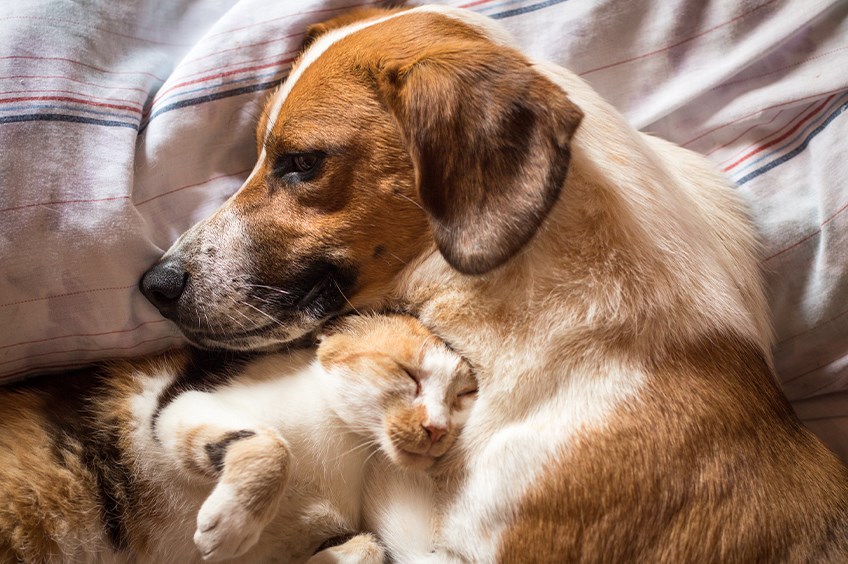Once the spawning process is accomplished, the real labour starts.
It’s difficult to raise goldfish fry from eggs to adults following a good spawning. Not many people know how to produce fish that are worth the effort and time.
Generally, a great number of fry emerge from the eggs, and subsequently, a big proportion of them perish from malnutrition, illness, and unfavourable living circumstances. The ones who emerged earliest, reached the food quickest, and so developed the fastest are the ones that make it through. Sadly, the few examples that exist are frequently of low quality. They will have single tails if the type’s standard is twin tails, and one tail if the dorsal fins are supposed to be missing. Find some of the best goldfish filters here
THE KEY TO SUCCESSFULLY RAISING GOLDFISH FRY IS TO PROVIDE THE RIGHT HATCHING CONDITIONS FOR EGG
After being cleaned and matured in clean water, your goldfish spawning mops or whatever material they spawned on has been moved to an aquarium. Now you have to set up the perfect environment so that in four to five days, hatching can occur.
Though I sometimes hatch fry in water as deep as 13 inches (330mm) without any issues, the ideal water depth is no more than 6 or 7 inches (150–180mm).
AIR MOVEMENT MANAGES SURFACE DIRT
To make sure there is enough oxygenated water moving around the eggs, the eggs should be aerated. Additionally, any scum that accumulates on the water’s surface is broken up by the aeration. Later on, more on this.
METHYLENE BLUE MANAGES FUNGAL GROWTH
The infertile eggs will turn white after a day, while the viable will become transparent and difficult to see. After roughly two days, the sterile eggs will develop fungus on them. If this fungus is not confined, it will spread to viable eggs.
As others have said, don’t try to extract the sterile eggs. It is meaningless and almost impossible. The fry’s eyes should start to show after around two days. After a span of two days, the fry begin to emerge from their egg shells. They can’t hold it for very long as the fry jerk in the water as they move about the tank. The majority of their time is spent dozing off on the bottom of the tank or dangling tail downward.
When the fry hatch, they come to the top to take a breath of air, so make sure the water’s surface is clear of any scum. Their air sacs, which they utilise to swim, are inflated as a result. They will perish if they are unable to overcome the surface tension.
FRY ACQUIRES FREE SWIMMING
The fry will begin to swim freely and seek out their first meal in a day or two. Your brine shrimp hatchery has to be completed and prepared to receive brine shrimp eggs. One day after the first hatched fry are visible, you should fertilise the brine shrimp in the morning because it will take a full day for them to hatch.




